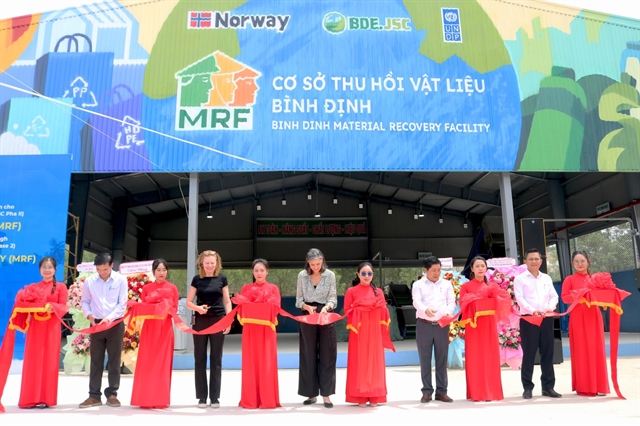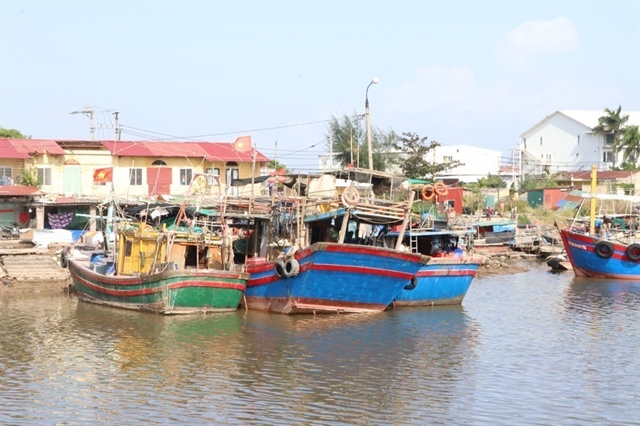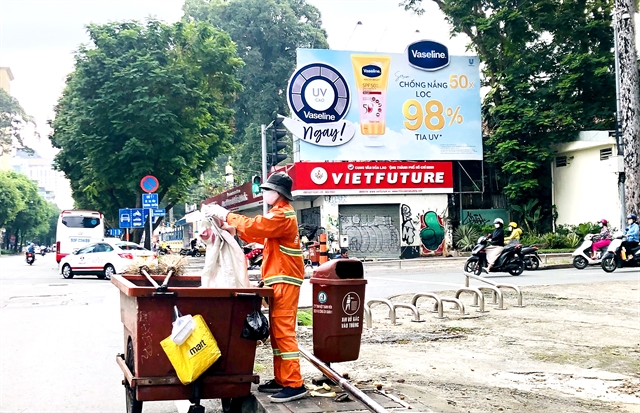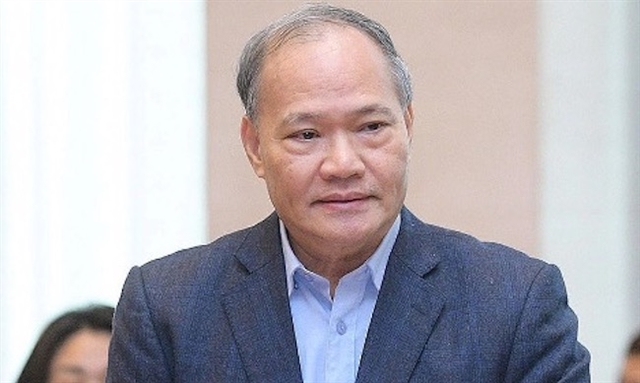 Environment
Environment

 |
| Waste collection on a street in HCM City’s District 3. The city is developing technical infrastructure for source-based waste classification. — VNS Photo Nguyễn Diệp |
HCM CITY — Nguyễn Thị Thanh Mỹ, deputy director of HCM City’s Department of Natural Resources and Environment, said the city is developing the technical infrastructure for source-based waste classification.
Mỹ said the city is finalising its project on waste classification at source in compliance with the provisions of the 2020 Environmental Protection Law.
The project is expected to be implemented within the legally stipulated time frame, with a deadline of December 31, 2024.
“The city is gradually completing its technical infrastructure in order to enable waste to be properly classified at source,” she said.
Waste collection is currently carried out through two primary channels including the public system and the private sector.
The city’s public system handles approximately 40 per cent of the daily solid waste volume while the private sector, comprising companies, cooperatives, and individuals, accounts for 60 per cent of daily solid waste volume.
Local authorities have restructured the waste collection workforce and improved the processes for collecting and transporting domestic solid waste.
By the end of July, the People's Committee of Thủ Đức city and districts will have completed converting private waste collectors into cooperatives or legally recognised companies and enterprises.
Since 2021, they have reviewed and converted nearly 1,900 waste collection and transportation vehicles.
Currently, there remains a need to convert about 1,880 vehicles, including waste containers and trucks.
The network for collection and transportation from collecting venues to transfer stations and transportation to treatment complexes is jointly implemented by three units: the HCM City Urban Environment Company, district-level public service companies, and agricultural and industrial cooperatives.
The transport companies have equipped vehicles transporting domestic solid waste with journey monitoring devices and installed cameras at transfer stations to oversee operations.
The city gives priority to investments in the construction and improvement of waste transfer stations.
It has outlined a plan for the transfer station network through 2025, with a long-term vision to 2050.
The people's committees of Thu Duc City and all districts have been tasked to dismantle stations causing environmental pollution, as well as renovate, upgrade, and build new stations that meet technical standards.
By 2025, the city aims to have 40 operational stations, including 13 regional stations and 27 district-level stations.
The people's committees of Thủ Đức city and districts of 4, 8, 12, Bình Tân, Bình Thạnh, Bình Chánh, Củ Chi, Hóc Môn and Nhà Bè are investing in 16 waste transfer stations, of which two stations in District 12 and one in Thủ Đức city have been completed and are operating.
In order to meet the target of at least 80 per cent of domestic solid waste treated by incineration by 2025 and recycling technology reaching the rate of over 100 per cent by 2030, the municipal People's Committee continues to assign the city’s Department of Natural Resources and Environment to proactively coordinate with relevant departments and agencies in developing solutions.
Solutions to upgrade the treatment technology of existing domestic solid waste treatment units will be led by Vietstar Joint Stock Company, Tâm Sinh Nghĩa Development Investment Joint Stock Company, Vietnam Waste Treatment Company, Tasco Joint Stock Company, and HCM City Urban Environment Company. — VNS




